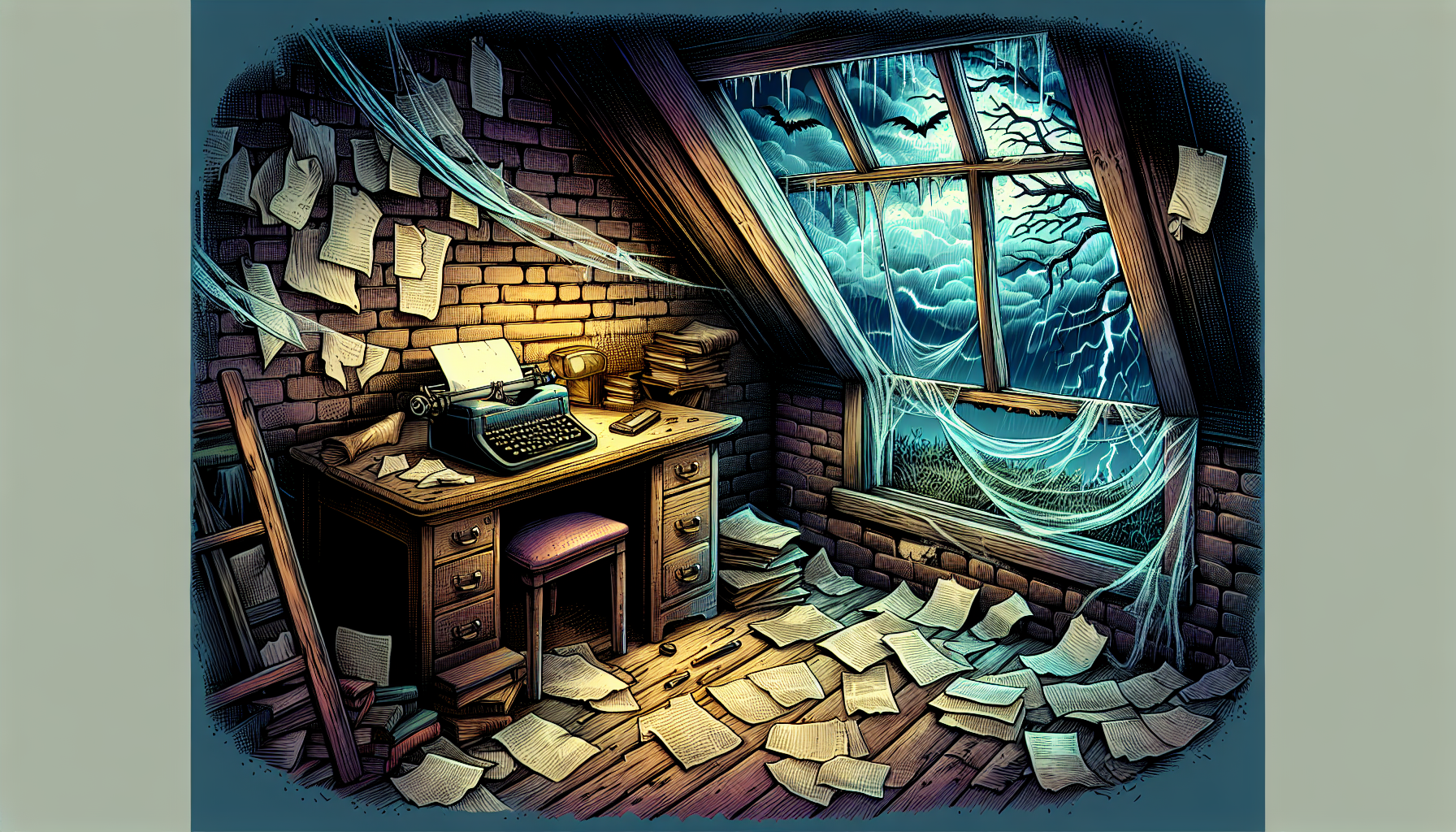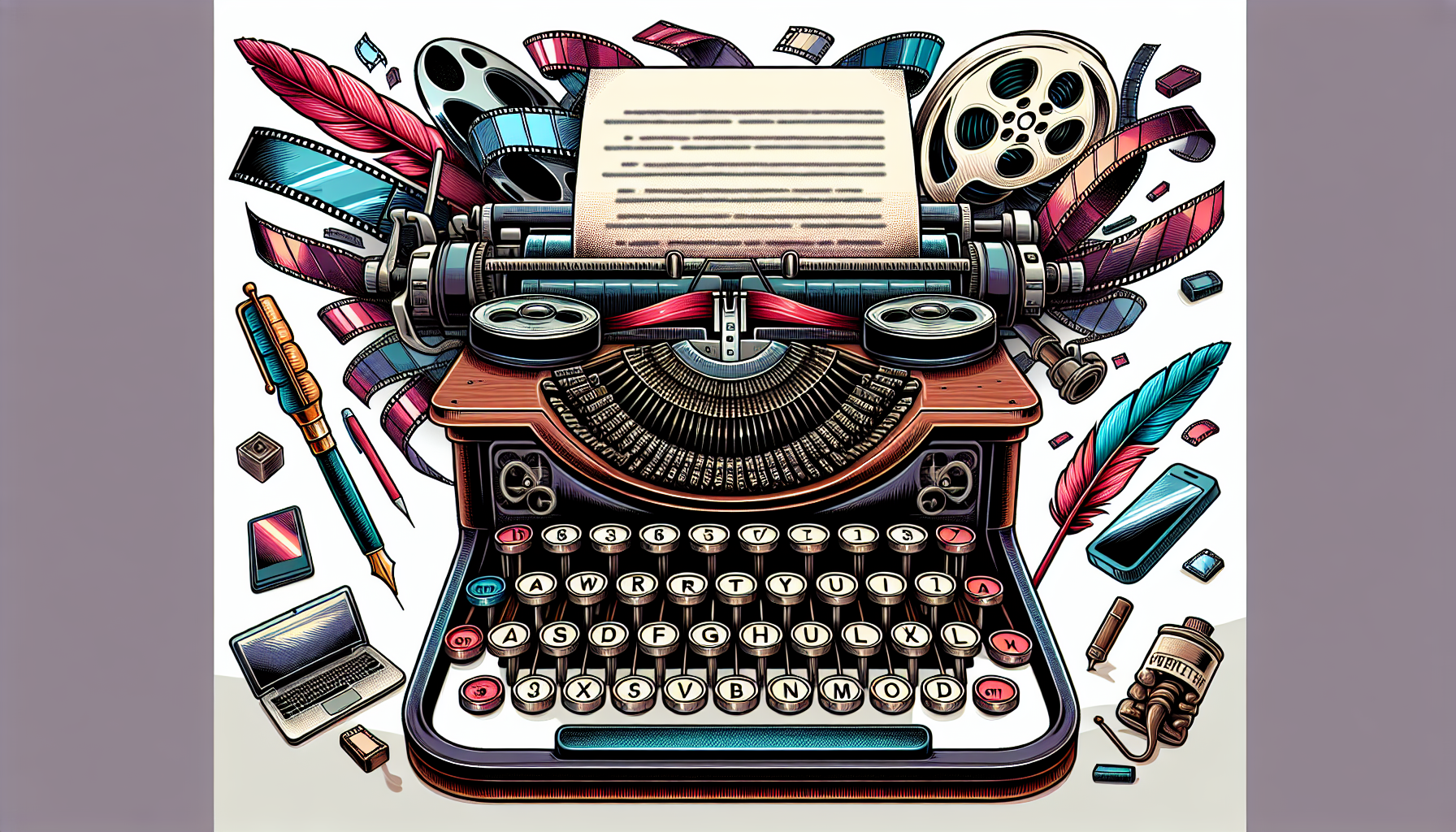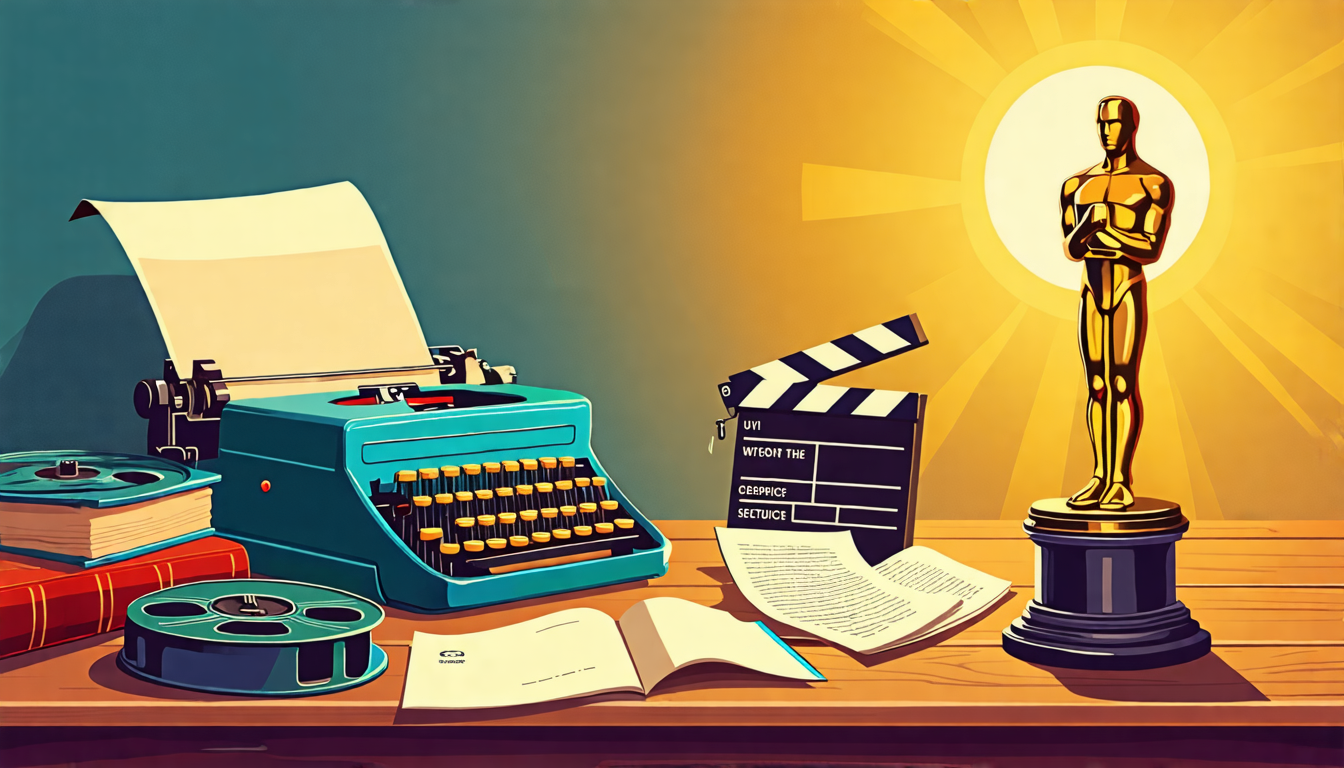
Scaring the Popcorn Right Out of Their Hands: Mastering Pacing in Horror Screenplays
When it comes to horror films, it’s not just about the ghosts, ghouls, and the gallons of fake blood. The real MVP of a scream-out-loud horror flick is its pacing. That’s right, the secret sauce to making audiences jump out of their seats isn’t just what happens, but when and how it happens. Let’s dive into the deliciously dark world of pacing in horror screenplays to keep that suspense boiling and the fear festering like a well-tended witch’s brew.
The Art of the Slow Burn
First up, we have the slow burn. This is your horror screenplay simmering on low heat, building tension so gradually that the audience doesn’t even realize they’re sweating bullets until it’s too late. Imagine this: a quiet creepy house where each creak and moan builds on the last, accumulating into a deafening roar of terror. To nail the slow burn, meticulously craft your scenes so each one stacks suspense on top of the last, teasing out little details that foreshadow the horror to come. Don’t rush—let your audience marinate in their growing anxiety. It’s about crafting a fine wine that gets better with time, or in this case, scarier.
The Wham, Bam, Thank-you Ma’am Approach
On the flip side, there’s the wham, bam, thank-you ma’am style of pacing. Think fast, frenetic, and freaky. This method is like a rollercoaster that only goes down. From the moment the screen flickers to life, the audience is on a bullet train of terror with barely a moment to breathe. Rapid-fire scares, shocking imagery, and heart-pounding moments are thrown at the viewer one after the other. This approach does not wait for you to get comfortable; it grabs you by the jugular and doesn’t let go. If you choose this lane, make sure your script has the stamina to keep the intensity high and your audience at the edge of their seat, popcorn forgotten and long since spilled.
The Tease
Let’s not forget the masterful art of teasing. In this technique, you give a little and hold back a lot. It’s the horror equivalent of flirting. Show the shadow, but not the monster. Let the door creak open, but don’t reveal what’s behind it just yet. Play with audience expectations, dangle the carrot and yank it away just as they’re about to take a bite. This method keeps them hungry for more, guessing and re-guessing, their imaginations doing half the work of scaring themselves silly. The tease is about control, knowing exactly how much to show to keep the viewers clawing for the reveal.
The Ebb and Flow of Terror
And then, oh, the ebb and flow of it all! Think of your horror screenplay as a symphony where tension rises and falls in a divine dance of dread. Quiet moments followed by loud ones, calm before the storm. This dynamic keeps the audience on their toes, never quite settling, always on edge. It plays with human psychology, stringing viewers along in a precarious balance of nerve-wracking quietude and explosive confrontations. It’s about timing those jumpscares so they don’t just happen, but happen just as everyone took a breath, dared to hope, and leaned back in their seat.
In Conclusion
Pacing isn’t just about the speed at which events unfold, but the texture and timing of those events. It’s an orchestra, and you, the screenwriter, are the maestro. Whether you choose a slow simmer, a frenetic fright fest, coy teasing, or a rhythm of rises and falls, remember to shape each scene to maximize emotional impact. After all, the goal here is to not just tell a terrifying tale, but to make it feel like a rollercoaster constructed out of nightmares, one that your audience will be all too eager to ride again. So, go forth and wield your writing prowess to pace that horror screenplay into an unforgettable adrenaline-pumping, scream-inducing cinematic experience that haunts viewers well after the credits roll. Happy haunting!






